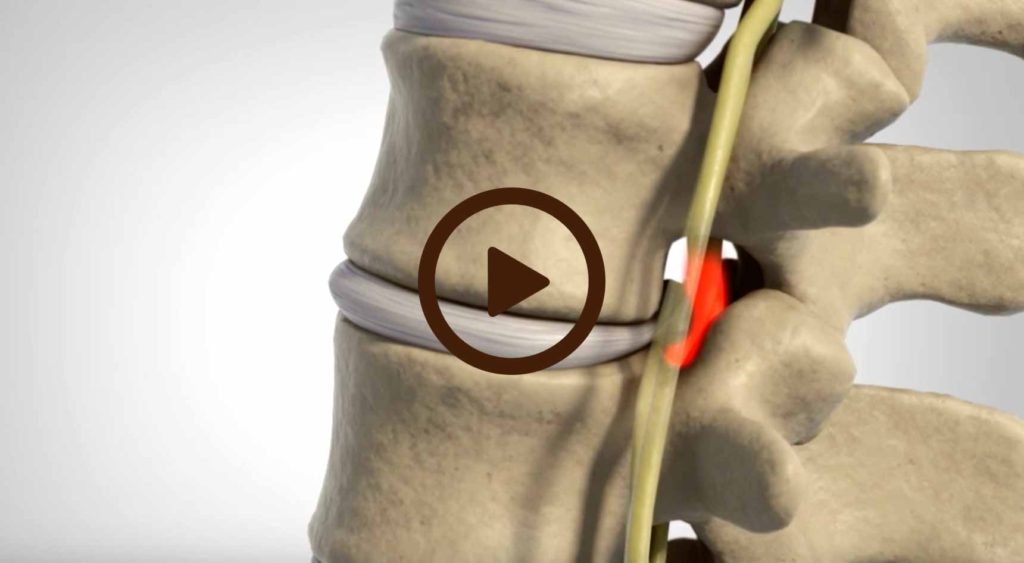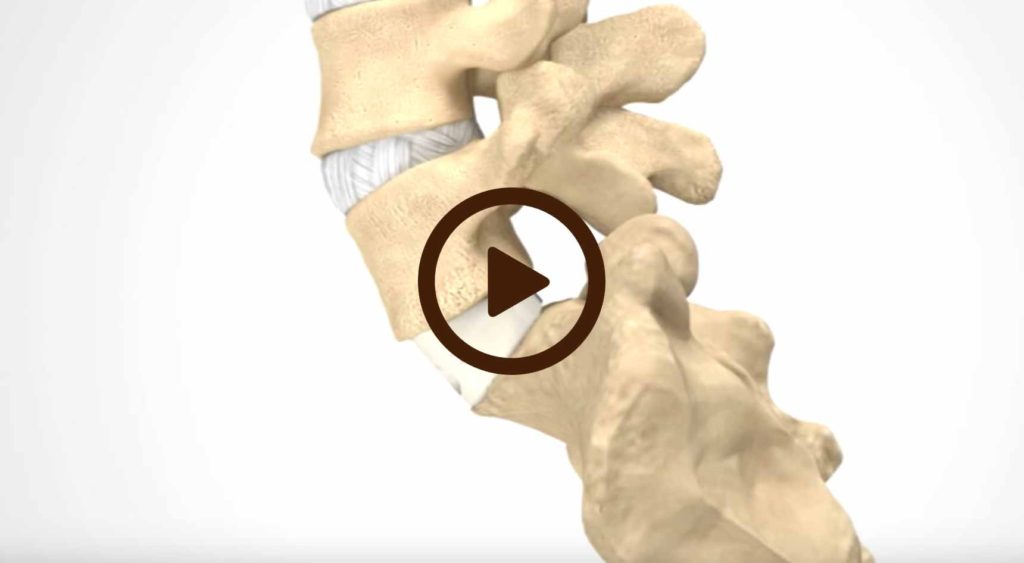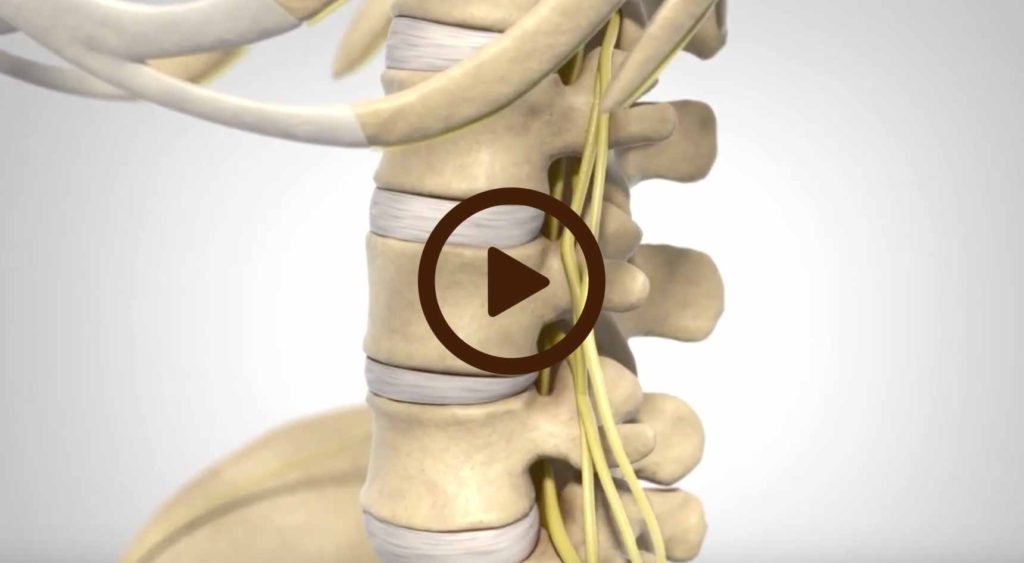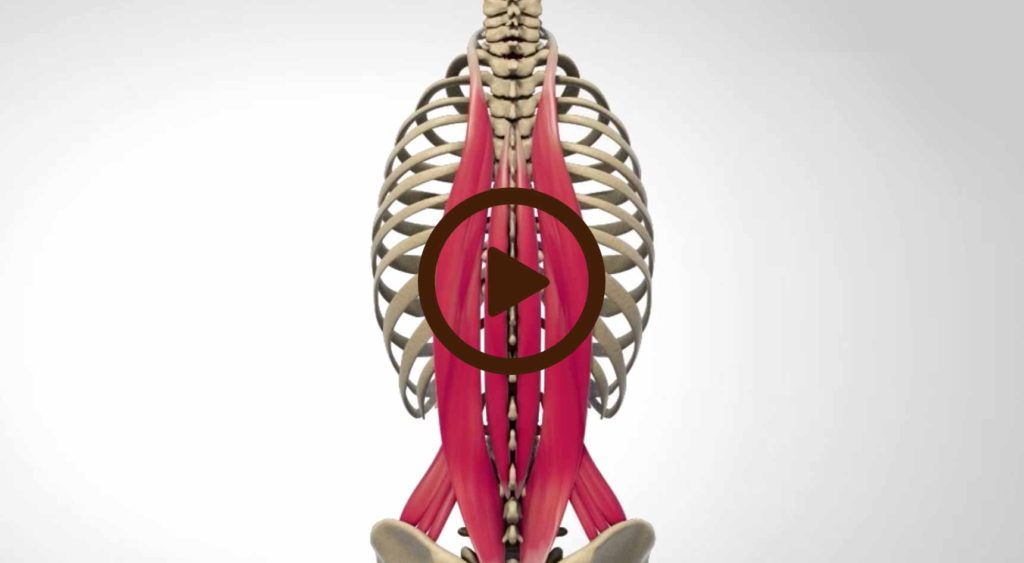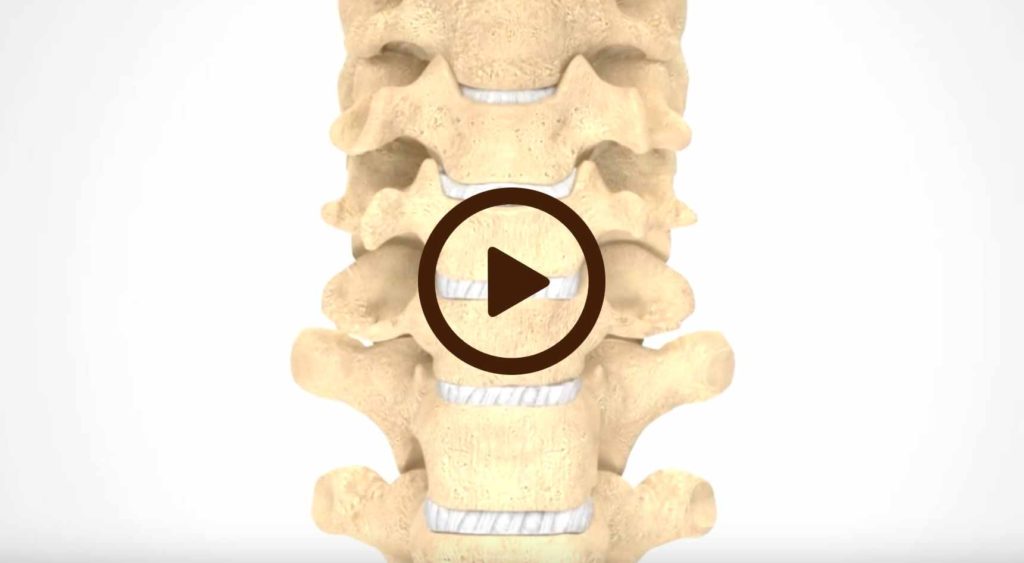Spine surgery specialist
The spine is a complex system involving the cervical (neck), thoracic, and lumbar (low back) regions. With age, all patients develop degenerative disk disease and some arthritis, which for most patients is mild and manageable. In some patients, however, the degeneration can be more severe and cause stenosis (pressure on the nerve or spinal cord). Because each vertebra can cause pain in different areas of the body, the pain from the disease can be sensed in the back, leg, neck, or the arms. When patients develop stenosis, they can develop arm or leg pain. In severe cases, patients can have weakness as well. Most problems are treated without surgery, but when surgery is indicated, the goal is primarily to take pressure off the nerves or spinal cord.
In some patients, the spinal column can be bent forward (kyphosis) or to the side (scoliosis). Kyphosis or scoliosis can affect children as well as adults, and is best managed by a surgeon with specialized training and a team approach with all of your doctors.
What Can Cause Lower Back Pain?
The most common causes of lower back pain include:
Muscle or Ligament Strain
Constant strain on your back can cause painful muscle spasms, especially if you’re not in the best physical condition. Sudden, awkward movements and/or repeated heavy lifting can also strain spinal ligaments and back muscles.
Ruptured or Bulging Disks (Disk Degeneration)
Your disks act as cushions between the bones (vertebrae) in your spine. As you age, your disks become less flexible and the soft material inside can bulge, rupture, or tear more easily and press on a nerve. This gradual, aging-related wear and tear is called disk degeneration, and can happen with even a minor twist or strain. You can, however, have a ruptured or bulging disk without back pain.
Arthritis
Osteoarthritis (OA) occurs when the cartilage within a joint begins to break down and the underlying bone begins to change. This is the most common form of arthritis and can affect the lower back. As mentioned previously, arthritis of the spine can also lead to spinal stenosis, a narrowing of the spaces within your spine which can put pressure on the nerves that travel through it.
Osteoporosis
The body constantly absorbs and replaces bone tissue, but with osteoporosis, new bone creation doesn’t keep up with old bone removal, resulting in weakened bones that can break easily. When this affects the spine, the vertebrae become porous and brittle and can develop painful fractures.
How to Relieve Back Pain
Here are some ways you can relieve back pain at home:
-
Stay Active
This may seem like the last thing you want to do when you’re experiencing back pain, but it’s important to try to keep up with your usual level of daily activity, whether that includes a daily run, bike ride, or a brisk 30-minute with your dog. Incorporating movement at least three times a week is crucial, as being sedentary allows the muscles around the spine to become weak, meaning less support for the spine and more long-term problems and pain.
-
Strengthen and Stretch
Strengthening exercises can help support your spine, especially those that target your abdominal core. Yoga, pilates, and tai chi are all practices that not only strengthen, but stretch your muscles too.
-
Use Heat, Ice, Creams, and OTC Medication
For 20 minutes at a time, use a heating pad if you’re trying to relax tight or stiff muscles, and ice if you’re experiencing swelling or inflammation. When not using heat or ice treatment, consider using ointments, salves, patches, or skin creams to relieve stiff, tense, and sore muscles. Over-the-counter medication like NSAIDs (aspirin, ibuprofen, and naproxen) can help lower inflammation that can lead to tenderness and swelling.
-
Focus on Your Posture
Maintaining good posture can help ease pressure on your lower back. While sitting down, rest your arms evenly on the desk or table and keep your eyes level with the top of the screen. While standing, keep your head centered over your pelvis without craning your chin forward or slouching your shoulders.




